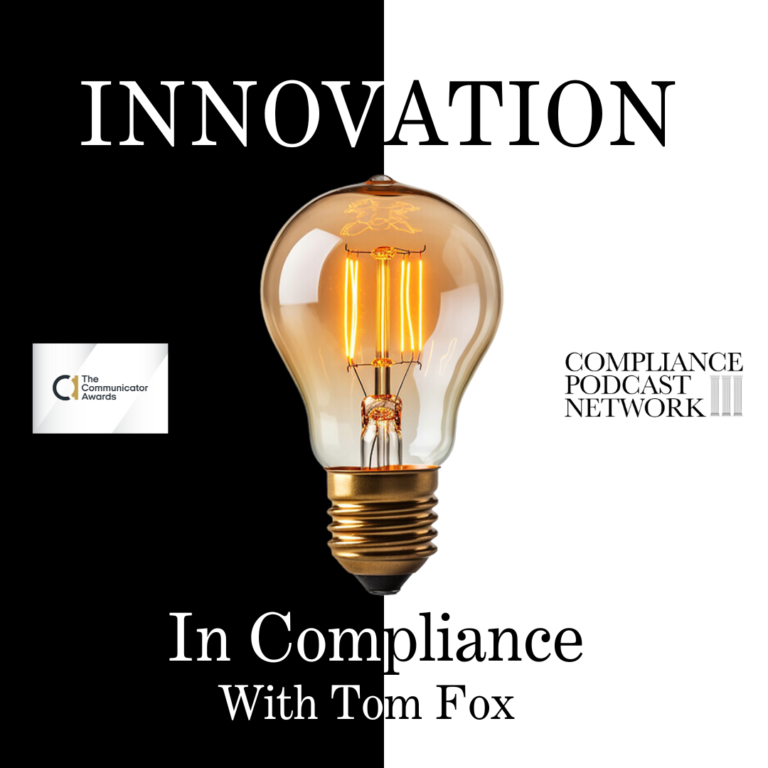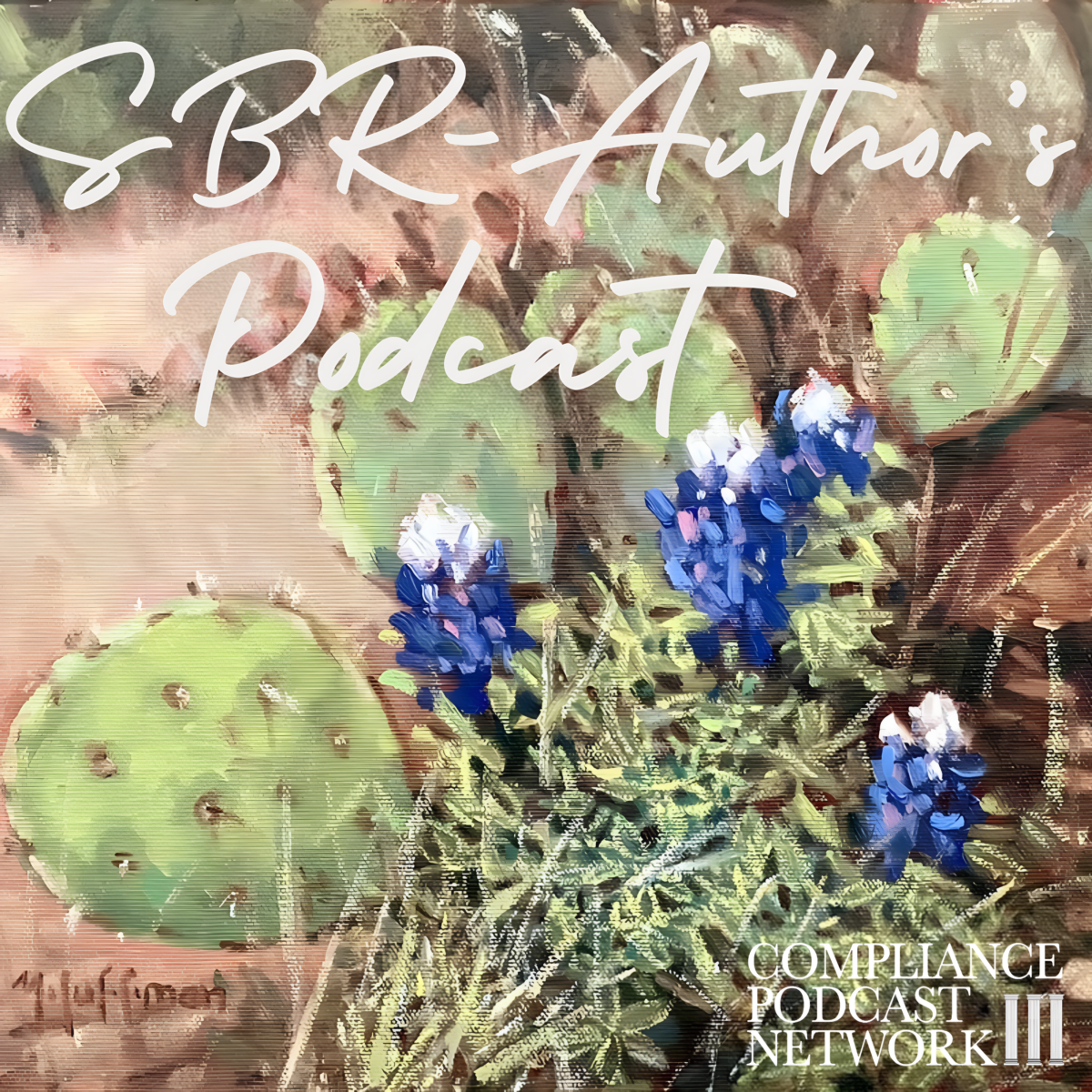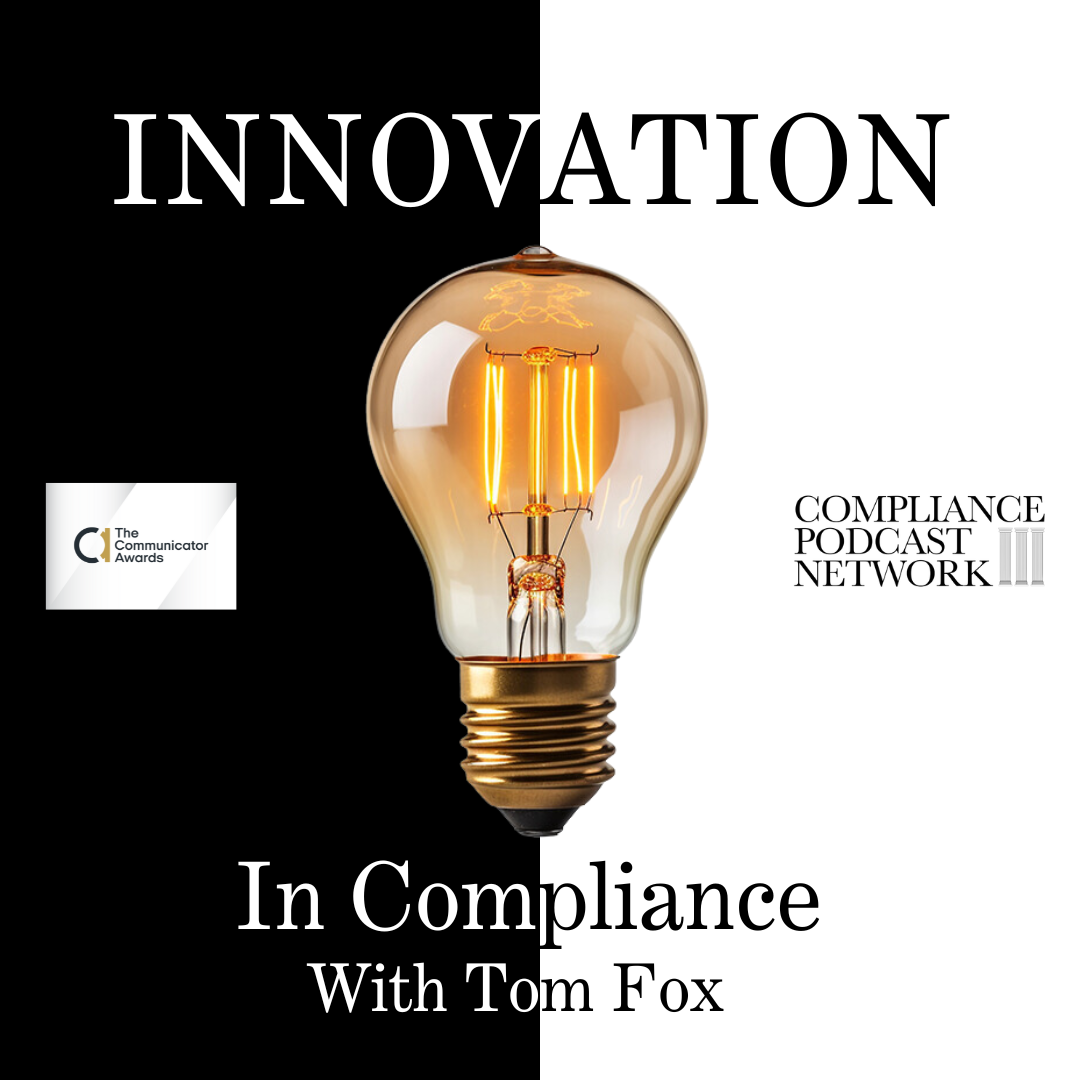We continue looking at leadership in the compliance function based on a series of recent articles by McKinsey on personal and team leadership. Today, we migrate from individual leadership lessons and issues to issues of compliance team leadership. This is for leadership internal to the corporate compliance function and leadership by the corporate compliance function within the greater organization. We use the article Go, teams: When teams get healthier, the whole organization benefits by authors Aaron De Smet, Gemma D’Auria, Maitham Albaharna, and Anaïs Fifer, all with McKinsey, as a starting point for our exploration.
The stakes for effective teamwork have never been higher in the corporate compliance landscape. Teams have become the fundamental drivers of performance and value creation. This rings especially true within compliance departments, where cross-functional and inter-departmental collaboration is desirable and essential for regulatory adherence and ethical excellence. Yet, despite the rise in team autonomy and empowerment, many teams struggle significantly with collaboration and achieving measurable outcomes.
Research supports the harsh reality that three out of every four cross-functional teams fall short of expectations, performing below key metrics. This concerning statistic signals that organizations—and compliance departments in particular—must urgently reassess their approach to building, nurturing, and sustaining high-performing teams.
Debunking the Myths of Team Effectiveness
Two prevalent misconceptions frequently undermine organizational efforts to enhance team performance. First is the myth of the “heroic team leader,” the notion that a talented individual at the helm ensures collective success. Secondly, believing in “team chemistry,” or that teams naturally either click or don’t, fails to provide actionable insights. Both narratives obscure the critical structural and contextual factors shaping team outcomes.
Indeed, leadership skills are crucial. Equipping team leaders with enhanced competencies can yield incremental improvements. Yet, as compliance professionals, we must acknowledge that great leaders alone aren’t enough. Effective compliance teamwork goes beyond individual capabilities and chemistry—it is less art and more a science, demanding strategic consideration of deeper structural elements and systemic behaviors that drive genuine effectiveness.
Team Effectiveness: Moving Beyond Intuition
Compliance leaders often rely on intuition or experience to assemble teams, assuming that stacking teams with top talent automatically ensures optimal outcomes. Yet, this intuitive approach frequently misses the mark. Team effectiveness hinges less on the aggregation of individual “stars” and more on carefully balancing roles, skills, and collective behaviors aligned to the team’s specific purpose.
The U.S. men’s Olympic 4×100-meter relay team is a vivid example of this principle. Despite boasting individual runners of extraordinary speed and skill, repeated baton-passing issues have undermined their overall performance, notably resulting in disqualification at the 2024 Olympics. This illustrates a crucial compliance lesson. Top individual performers cannot guarantee collective success without effective coordination and practiced team collaboration.
Translating this to compliance, consider a team conducting an internal investigation. Staffing this team solely with the organization’s most talented individual specialists may seem sensible. However, without clearly defined roles, purposeful team interaction, and practice collaboration, such a team risks missteps, redundancies, or critical oversight, potentially exacerbating compliance risks.
The Science of Effective Compliance Teams
Recent research has pinpointed specific behaviors that drive team effectiveness, a concept we term “team health drivers.” These drivers represent actionable behaviors that consistently correlate with high-performing teams, which are particularly valuable for compliance professionals navigating intricate regulatory environments.
These health drivers fall under four essential pillars:
- Defining clear roles and ensuring diversity of perspectives and skills on the compliance team.
- Guaranteeing team clarity and unified commitment to the compliance program’s objectives and regulatory obligations.
- Assessing and enhancing how effectively the compliance team executes responsibilities, from risk assessment to enforcement.
- Establishing a sustainable work environment that allows compliance teams to maintain effectiveness long-term.
Applying these pillars practically, compliance officers can proactively diagnose and strengthen team effectiveness, resulting in robust regulatory adherence and enhanced organizational integrity.
Context Matters: Compliance Team Archetypes
Not every team requires identical behaviors to achieve effectiveness. Recognizing distinct team archetypes and contexts allows compliance leaders to tailor approaches more precisely. For example, investigative compliance teams may require stringent execution and clearly defined configuration. In contrast, compliance advisory teams interacting closely with business units might prioritize alignment and renewal behaviors to sustain effective long-term partnerships.
Understanding context-specific behaviors empowers compliance leaders to design teams strategically. Rather than generic team-building exercises, focus resources on targeted development areas precisely aligned to specific compliance team functions and organizational goals.
Creating Value Beyond the Top Team
Traditionally, organizations predominantly direct resources toward enhancing senior leadership teams, perceiving them as the greatest value drivers. While top-level alignment is undoubtedly vital, compliance leaders must recognize the indispensable role of middle management and operational compliance teams.
Teams closest to the organization’s front lines, such as customer-facing compliance staff, offer critical real-time insights into emerging risks and operational challenges. Prioritizing these teams can unlock significant value, enhance organizational responsiveness, and empower proactive compliance.
The Imperative for Compliance Leaders
Compliance leaders must embrace evidence-based team effectiveness approaches to navigate today’s fast-evolving regulatory landscape. Debunking myths, adopting scientifically validated team health drivers, and recognizing context-specific nuances position compliance departments for greater strategic impact.
As compliance professionals, the commitment to effective teamwork isn’t merely an administrative detail; it is fundamental to achieving sustained organizational integrity and robust regulatory compliance. The time is now to crack the code on compliance team effectiveness, transforming our teams from collections of talented individuals into cohesive units delivering exceptional collective outcomes.











